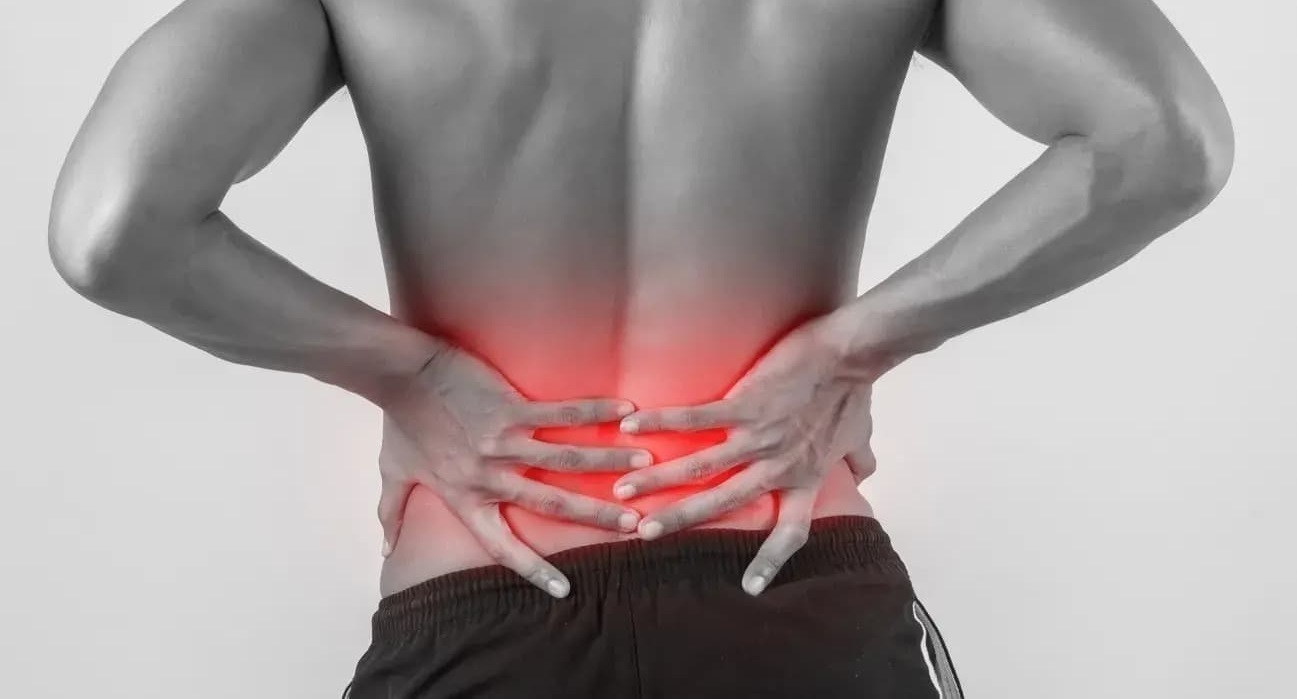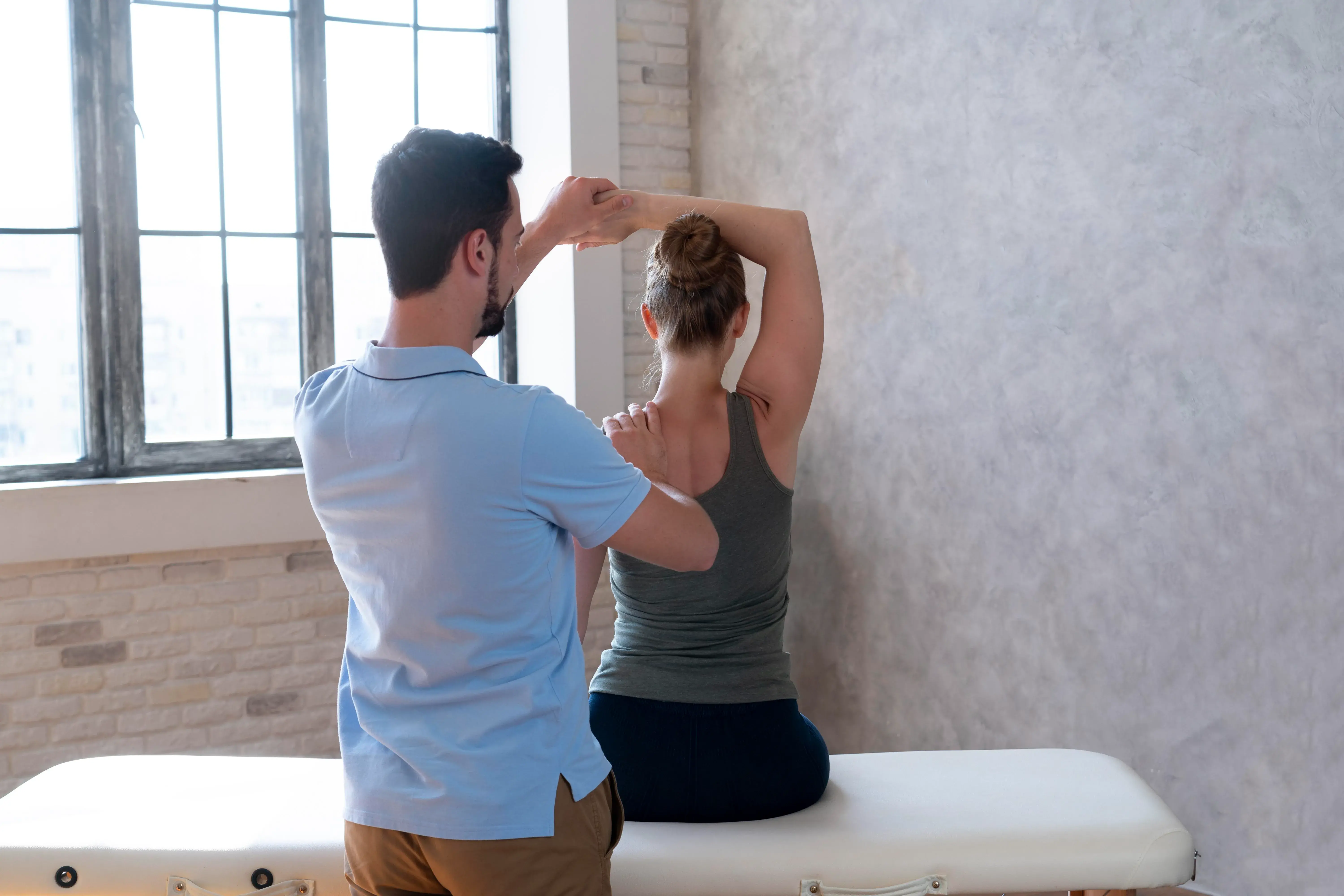Introduction :-
Back pain is a common ailment that affects millions of people worldwide. It can be
caused by
various factors, including poor posture, muscle strain, injury, or underlying
medical
conditions. Dealing with back pain can be frustrating and debilitating, but there
are effective
ways to manage and alleviate the discomfort. One such approach is through
physiotherapy,
which offers a range of techniques and tips to help individuals find relief from
back pain and
improve their overall well-being.
Understanding Back Pain
Causes of Back Pain
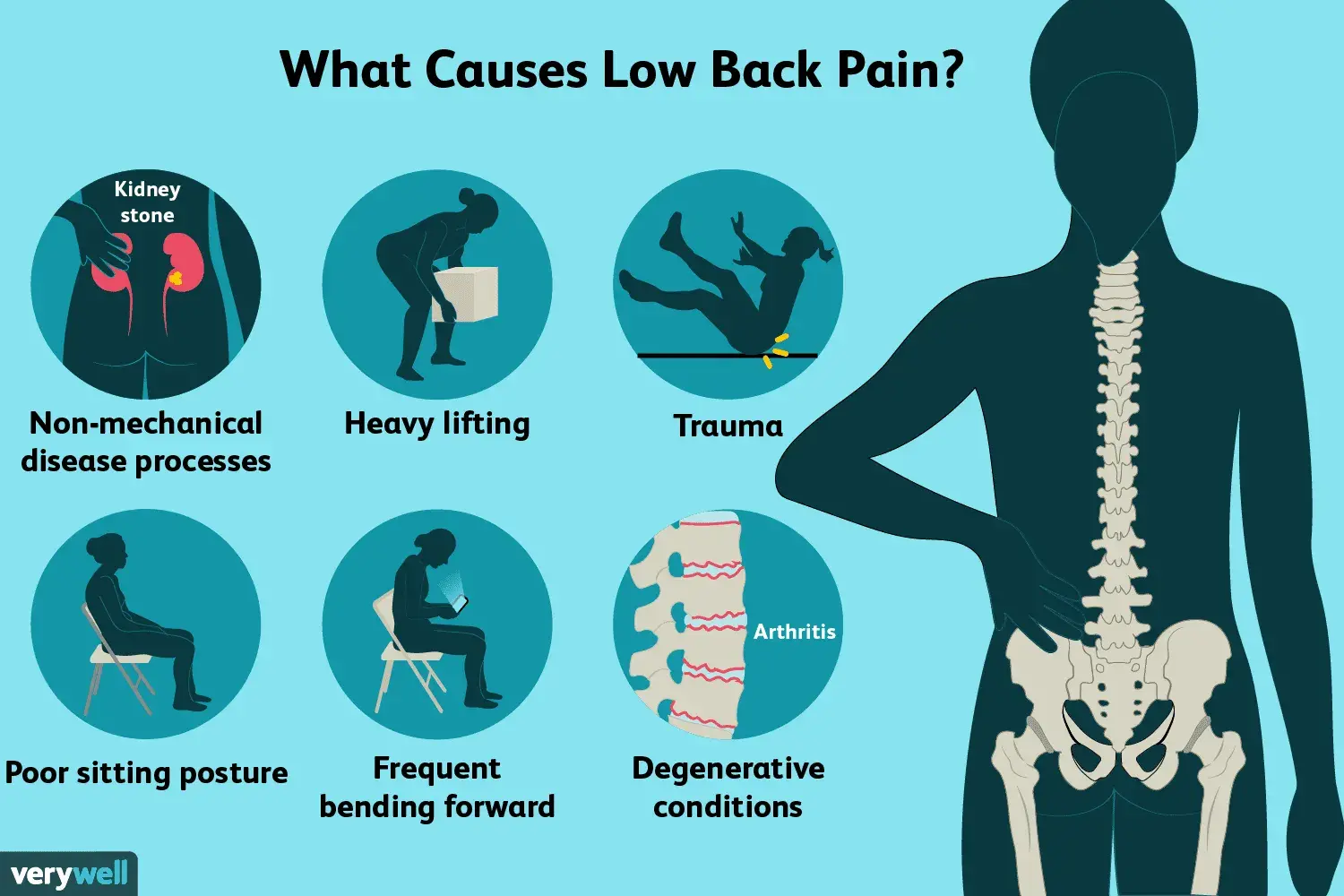
Back pain can stem from several causes. These may include muscle or ligament strains,
herniated discs, sciatica, osteoarthritis, spinal stenosis, or skeletal
irregularities. Additionally,
lifestyle factors such as poor posture, sedentary behavior, and excessive weight can
contribute to back pain.
Common Types of Back Pain :-
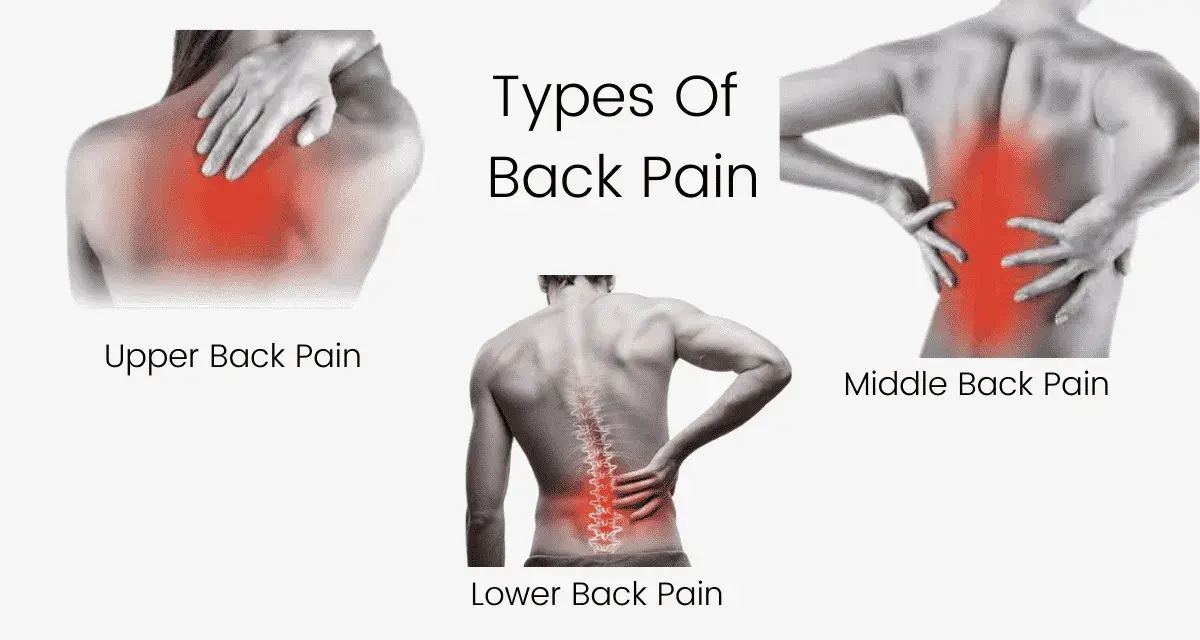
Different individuals may experience various types of back pain. These can range from
dull,
aching pain to sharp, shooting sensations. Some common types of back pain include
lower
back pain, upper back pain, and sciatica pain that radiates from the lower back down
the leg.
The Role of Physiotherapy :-
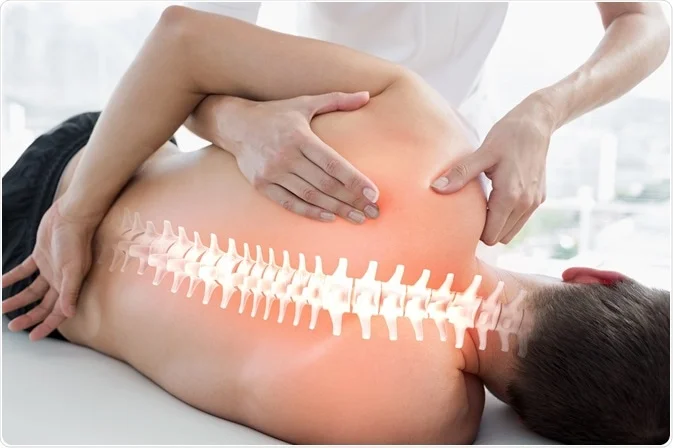
Physiotherapy plays a crucial role in alleviating back pain and promoting long-term
recovery.
It focuses on the assessment, diagnosis, and treatment of musculoskeletal
conditions,
including back pain. Physiotherapists are skilled professionals who use
evidence-based
techniques to address the root causes of back pain and enhance the body's natural
healing
process.
Benefits of Physiotherapy :-

Physiotherapy offers numerous benefits for individuals suffering from back pain. It
aims to
reduce pain, improve flexibility and range of motion, strengthen muscles, and
enhance
overall physical function. By addressing the underlying causes of back pain,
physiotherapy
helps individuals regain control over their bodies and live a pain-free life.
How Physiotherapy Works :-

In a physiotherapy session for back pain, the therapist first assesses the patient's
condition,
including their medical history and any diagnostic reports. Based on the assessment,
a
personalized treatment plan is devised, which may include a combination of manual
therapy,
exercise and rehabilitation, electrotherapy, and heat or cold therapy.
Techniques Used in Physiotherapy
Physiotherapists employ various techniques to relieve back pain and aid in the
healing
process.
Manual Therapy :-

Manual therapy involves hands-on techniques performed by the physiotherapist to
manipulate the joints, muscles, and soft tissues. This may include mobilization,
manipulation,
or massage, aimed at reducing pain, improving mobility, and restoring proper
alignment.
Exercise and Rehabilitation
:-

Specific exercises and rehabilitation programs tailored to the individual's condition
are an
essential part of physiotherapy. These exercises aim to strengthen the back muscles,
improve flexibility, and correct posture. They may include stretching, strengthening
exercises, and core stabilization techniques.
Electrotherapy :-

In a physiotherapy session for back pain, the therapist first assesses the patient's
condition,
including their medical history and any diagnostic reports. Based on the assessment,
a
personalized treatment plan is devised, which may include a combination of manual
therapy,
exercise and rehabilitation, electrotherapy, and heat or cold therapy.
Heat and Cold Therapy :-

Heat and cold therapy are commonly used in physiotherapy to manage back pain. Heat
therapy, such as the application of hot packs, helps relax muscles, increase blood
flow, and
reduce stiffness. Cold therapy, such as ice packs, helps reduce inflammation, numb
pain,
and decrease muscle spasms.
Tips for Alleviating Back Pain

Physiotherapists employ various techniques to relieve back pain and aid in the
healing
process.In addition to physiotherapy techniques, there are several tips that can
help individuals
alleviate and prevent back pain.
Maintaining Proper Posture :-
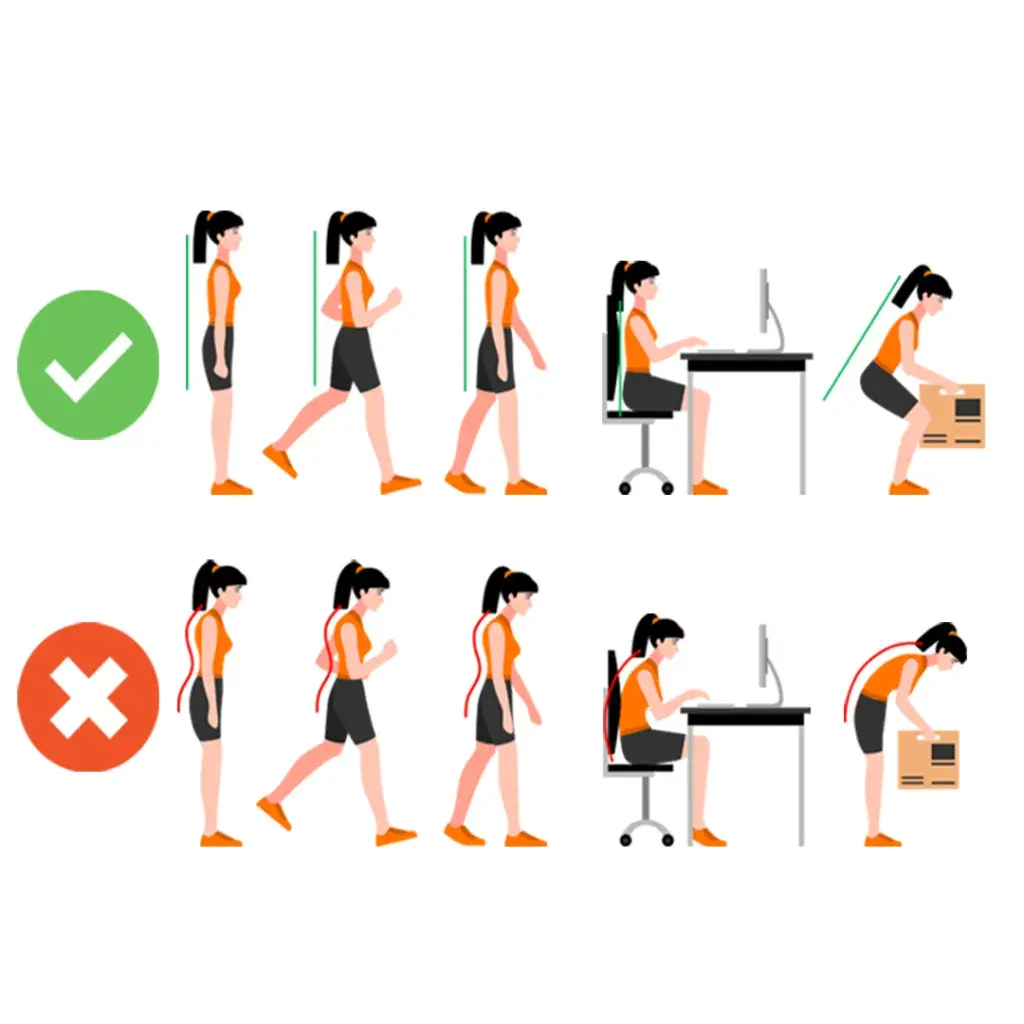
Maintaining good posture is crucial for a healthy back. Individuals should practice
proper
body alignment while sitting, standing, and lifting heavy objects. Using ergonomic
chairs and
supportive mattresses can also contribute to maintaining proper posture.
Regular Exercise and Stretching
:-

Engaging in regular exercise and stretching can strengthen the back muscles, improve
flexibility, and reduce the risk of future back pain. Activities such as walking,
swimming, and
yoga are particularly beneficial for back health.
Ergonomic Adjustments
:-
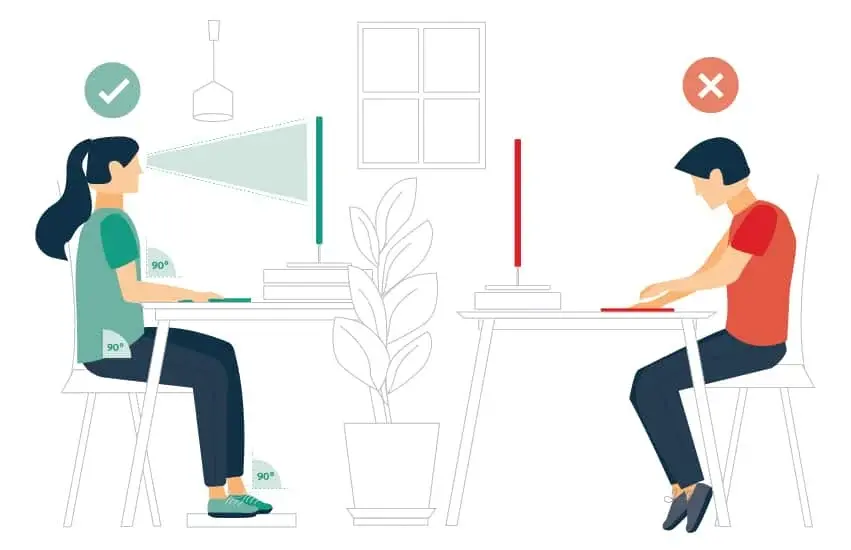
Making ergonomic adjustments to the workplace and home environment can significantly
reduce back pain. This includes using supportive chairs, adjusting computer screens
to eye
level, and ensuring proper workstation ergonomics.
Stress Management :-

Stress can contribute to muscle tension and exacerbate back pain. Implementing stress
management techniques such as meditation, deep breathing exercises, or engaging in
hobbies can help reduce stress levels and alleviate back pain.
Conclusion :-
Physiotherapy offers a holistic approach to alleviate and manage back pain. By
utilizing
techniques such as manual therapy, exercise and rehabilitation, electrotherapy, and
heat or
cold therapy, physiotherapists address the underlying causes of back pain and
promote
healing. Combined with tips like maintaining proper posture, regular exercise,
ergonomic
adjustments, and stress management, individuals can find relief from back pain and
improve
their overall well-being.



